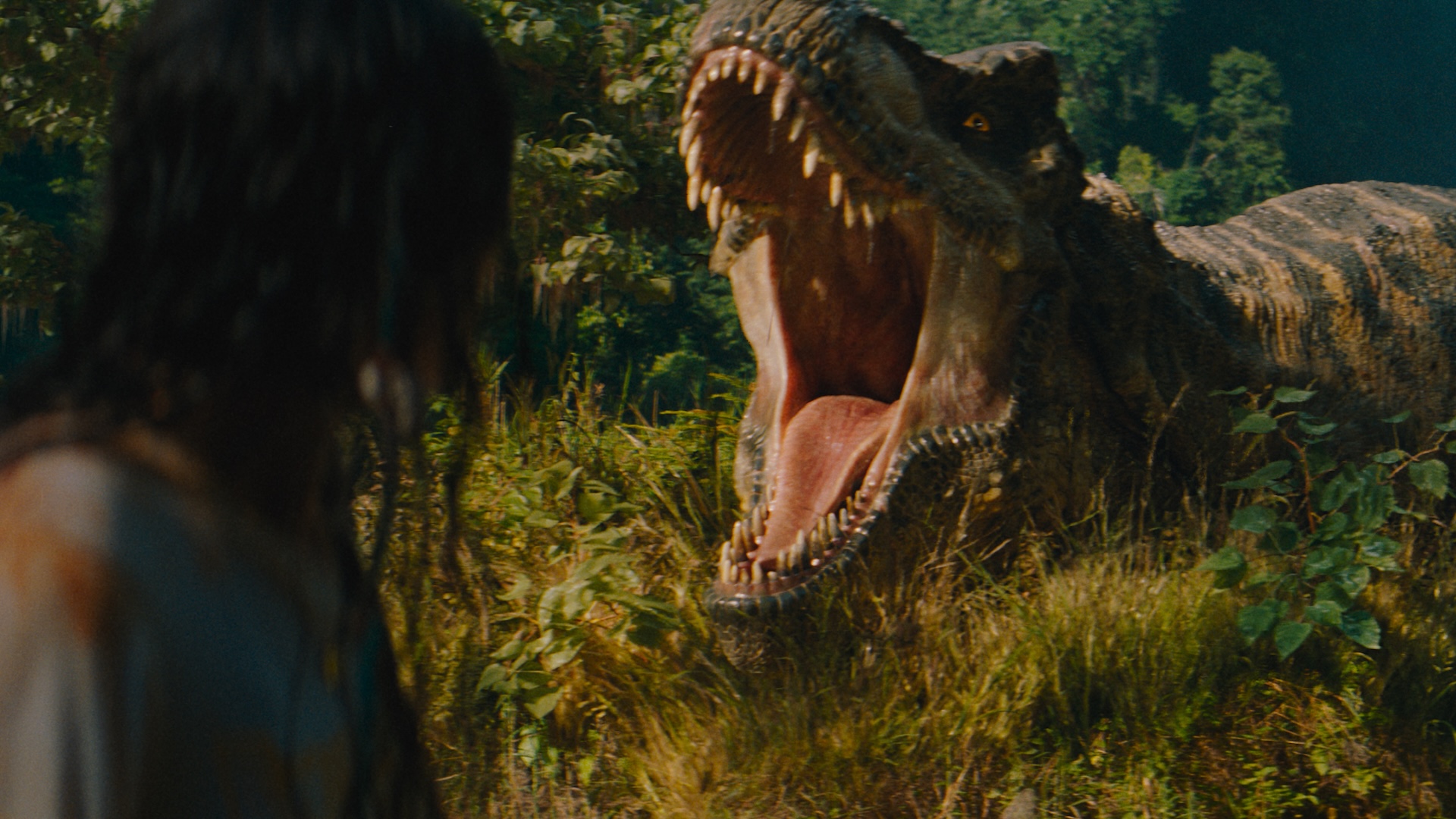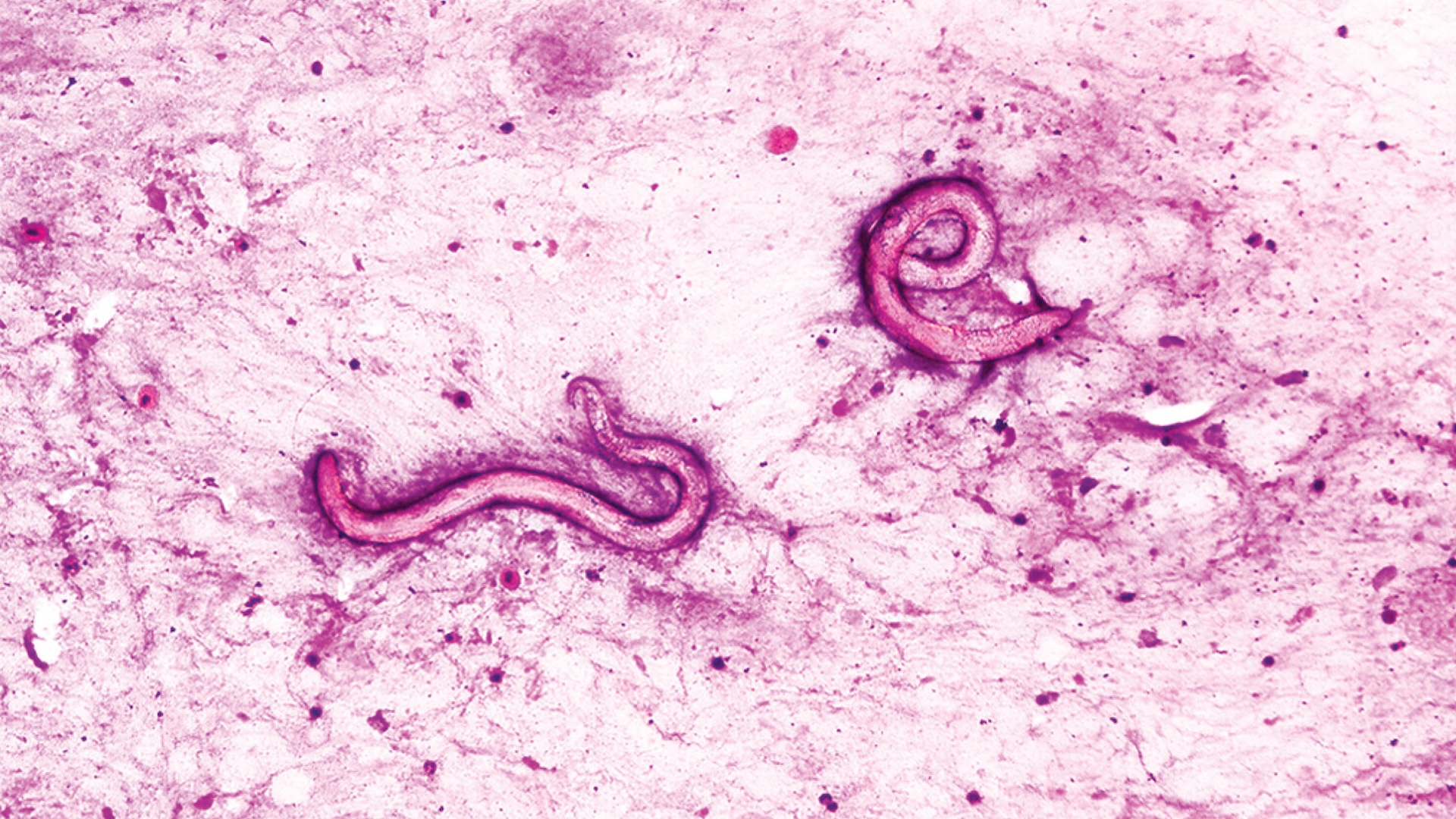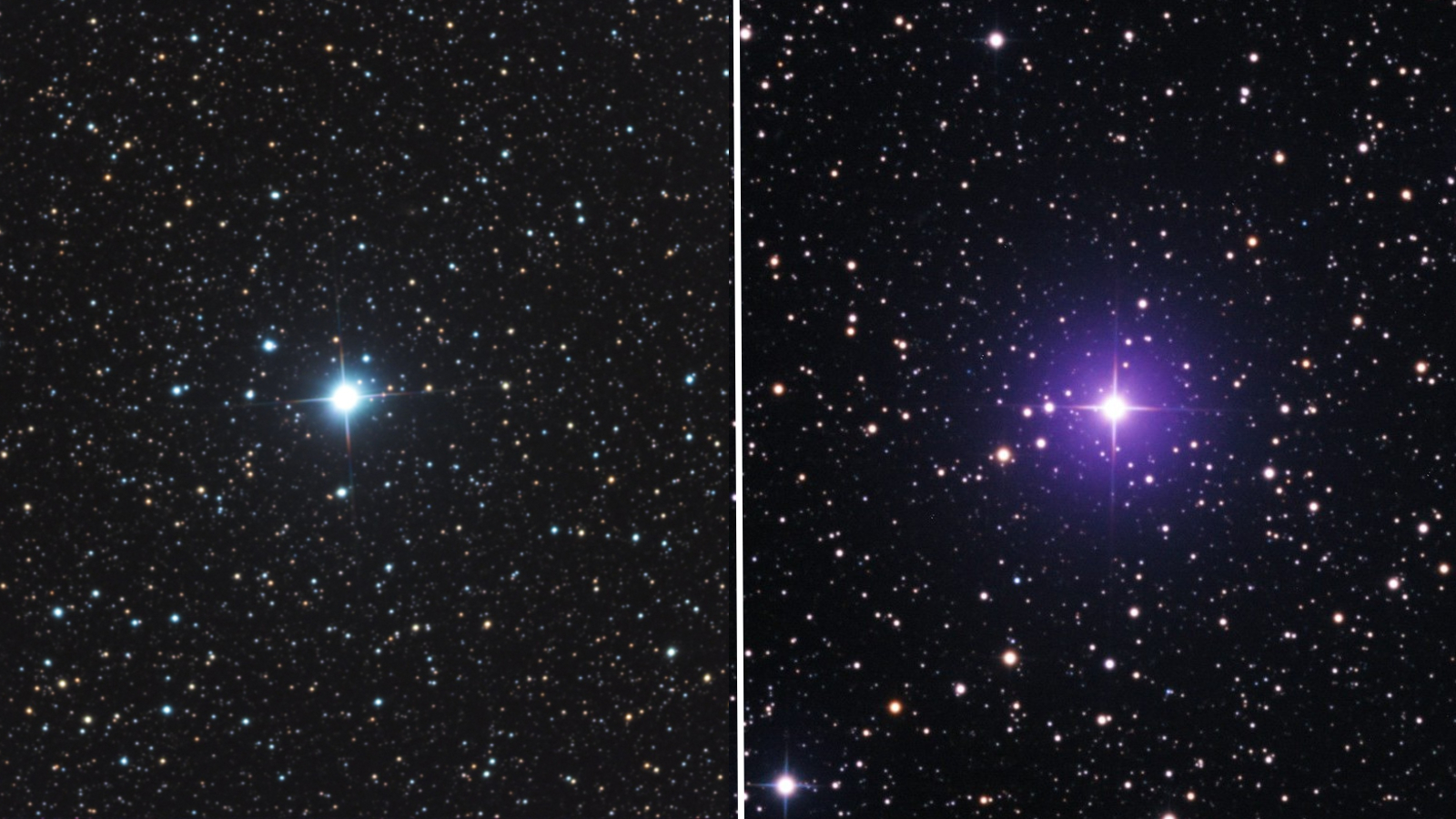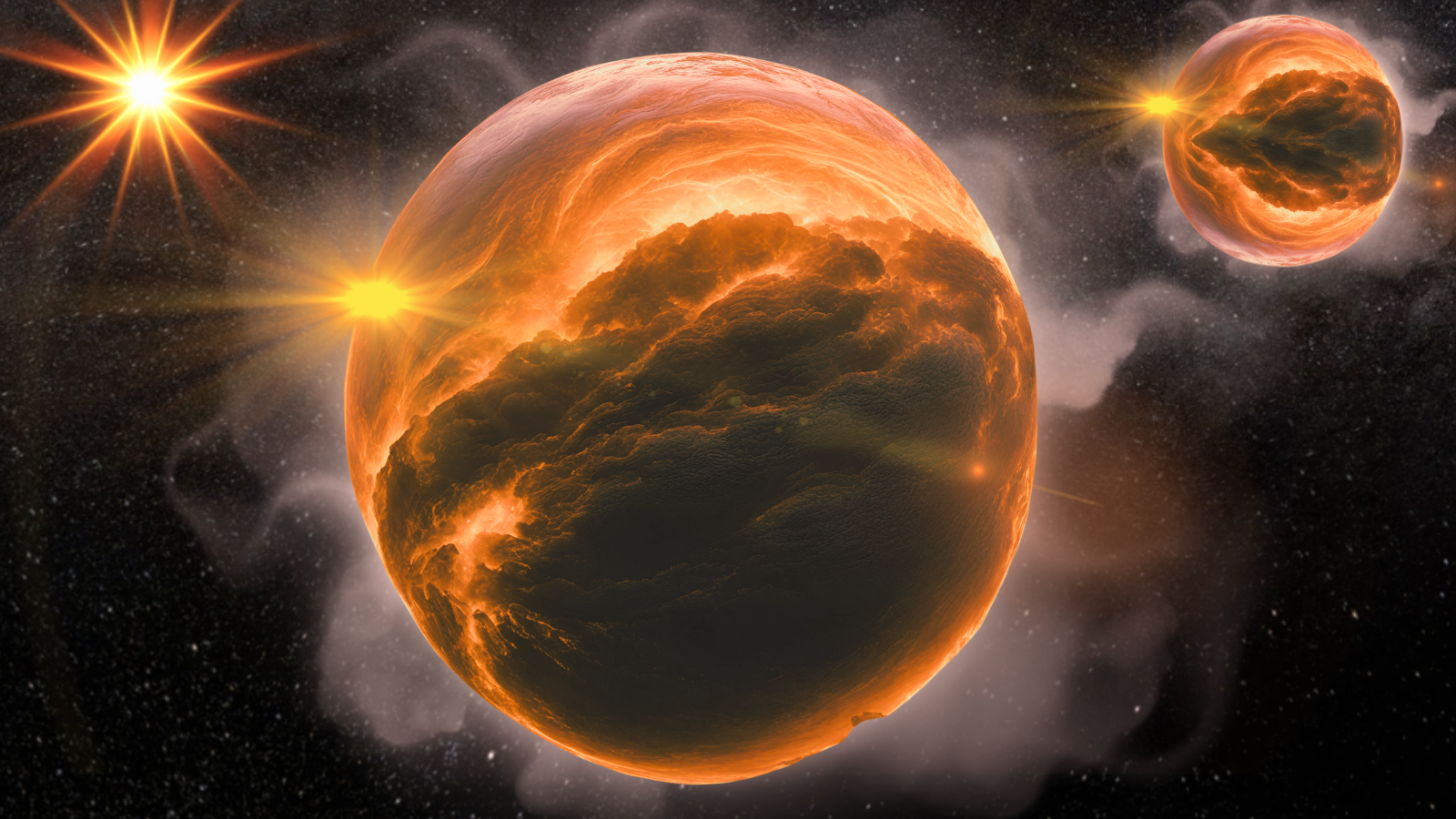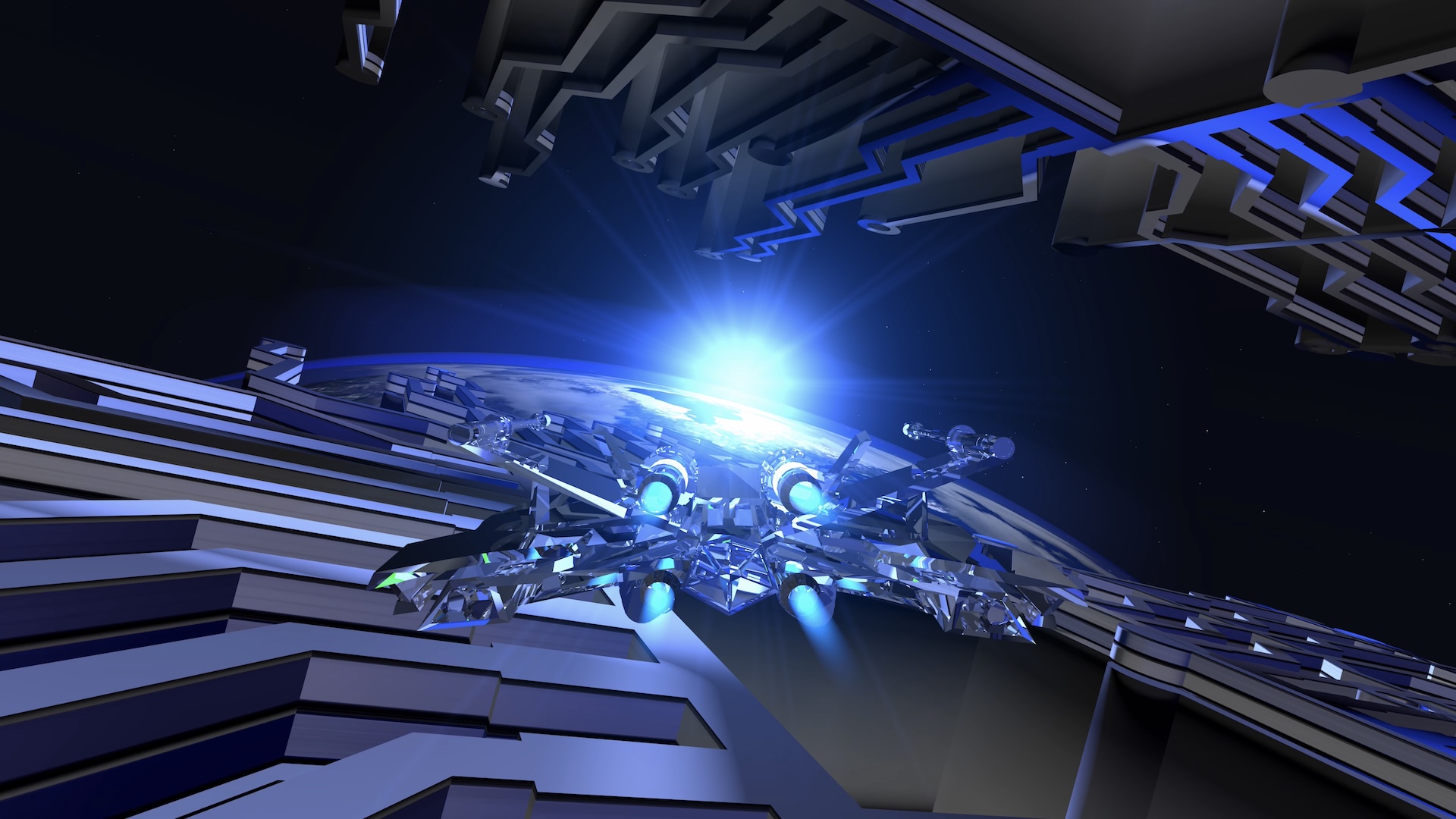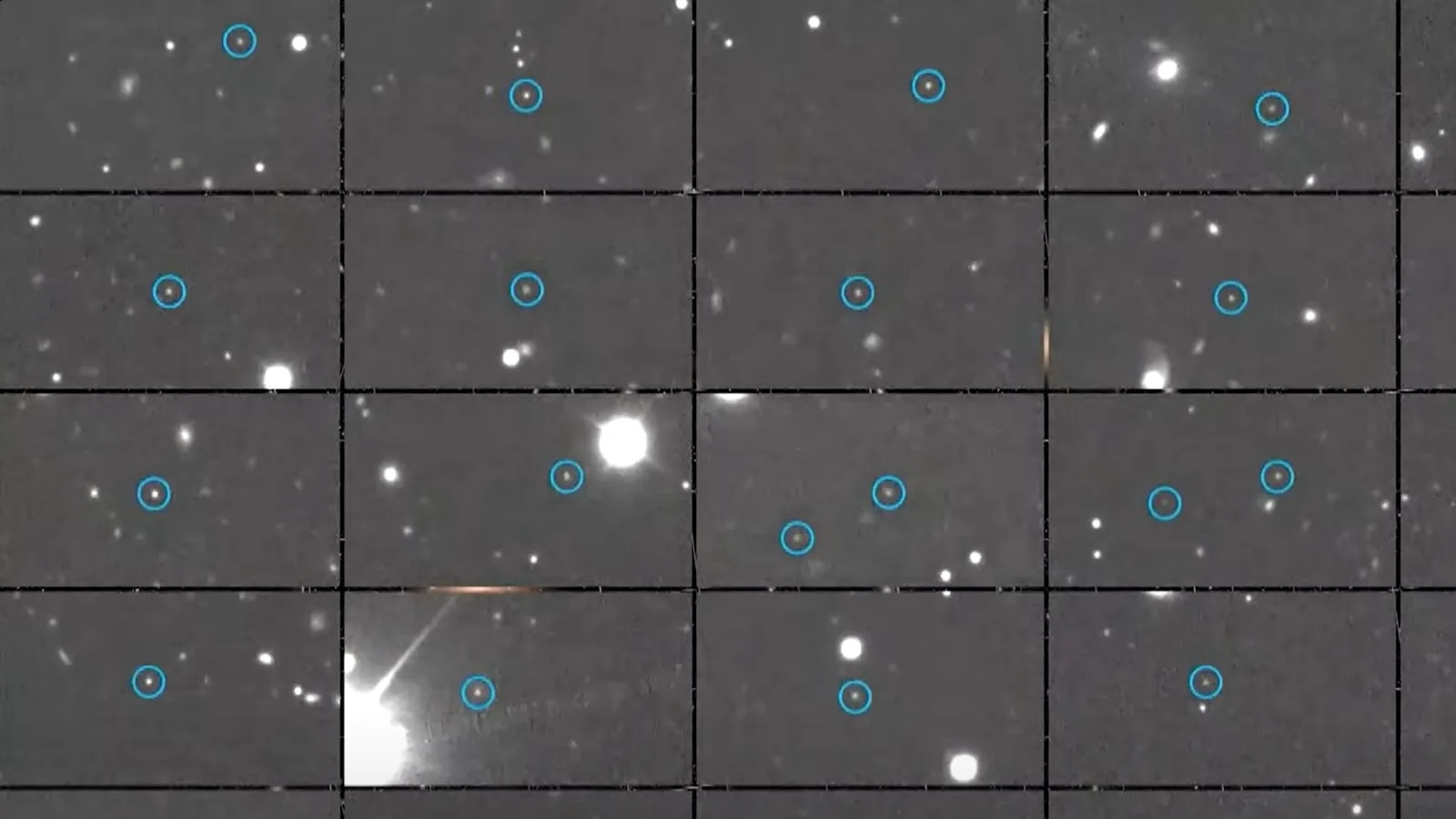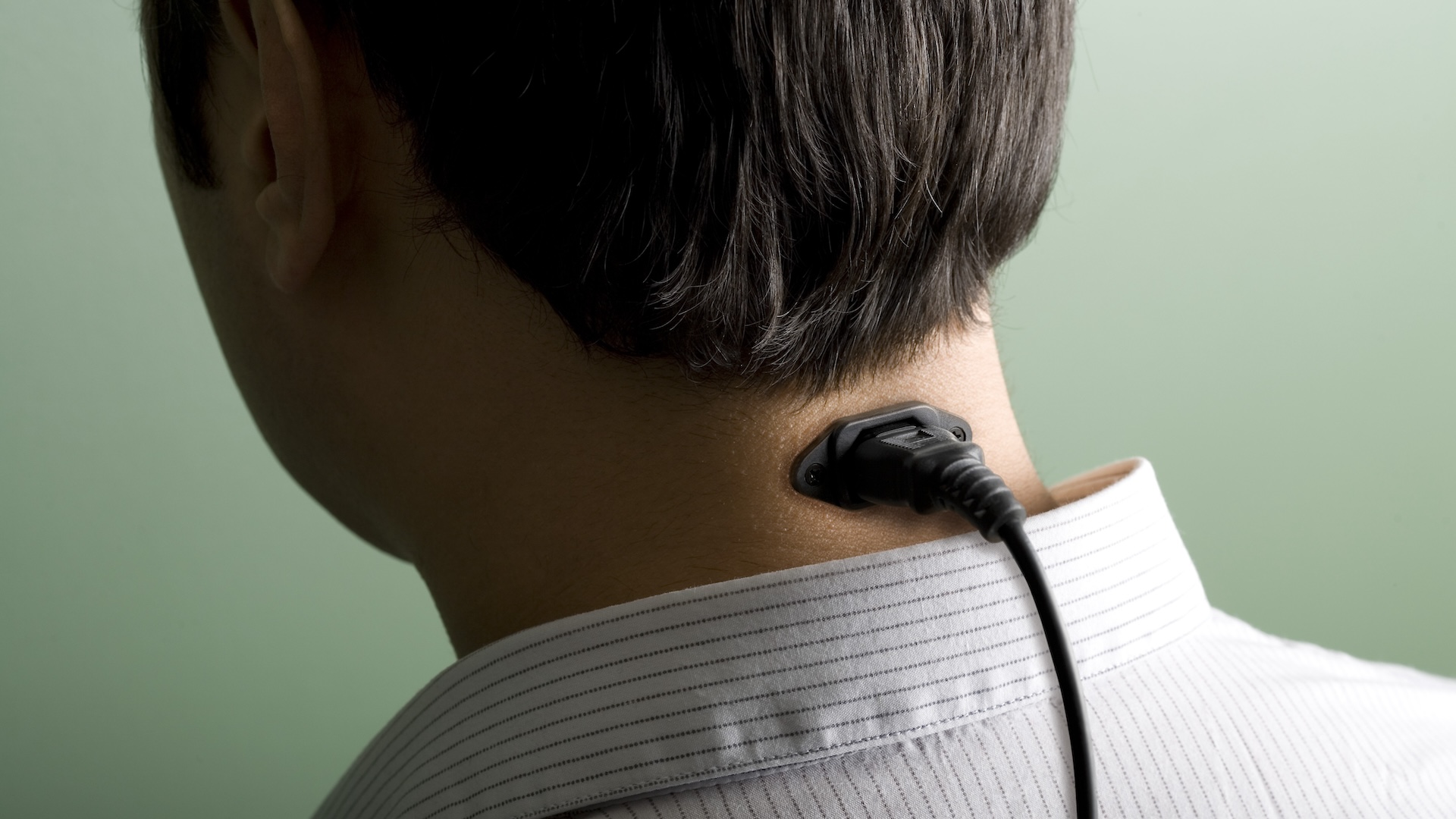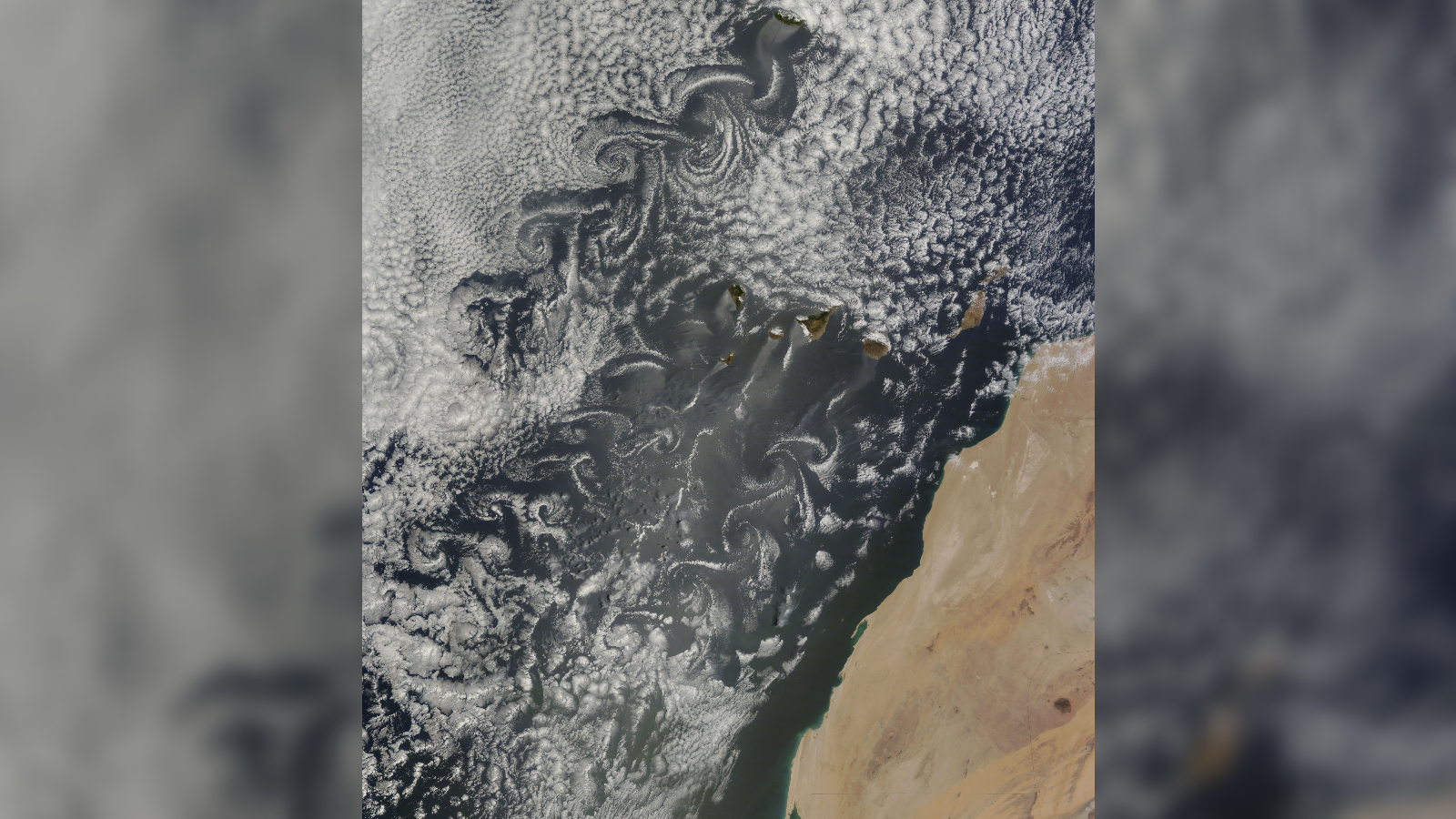Dinosaurs are hitting movie theaters this summer with “Jurassic World Rebirth” debuting on Wednesday (July 2). The series that started more than 30 years ago with “Jurassic Park” is still one of the only major live action blockbuster franchises that has propelled dinosaurs to the big screen. So, what’s it like being a paleontologist who advises Hollywood on these Mesozoic creatures?
Steve Brusatte, a vertebrate palaeontologist and evolutionary biologist at the University of Edinburgh in Scotland, is the scientific advisor to the “Jurassic World” movies, including the latest, which stars Scarlett Johansson, Mahershala Ali and Jonathan Bailey. Live Science emailed Brusatte several questions to get to the meat of the matter: What’s his favorite scene from “Jurassic World Rebirth,” what’s an inaccuracy from the “Jurassic Park” films he’d like to correct, and, most importantly, if a dinosaur were to attack, which one would he prefer?
Hannah Osborne: How different would the first films be now knowing what we know about dinosaurs today?
Steve Brusatte: The first Jurassic Park came out in 1993, and in the more than 30 years since, we’ve learned a tremendous amount about dinosaurs. There have been something like 1,000 or more new dinosaur species discovered since then. CT scanning and molecular sampling of fossils have revolutionized our understanding of how dinosaurs grew, moved, reproduced, hunted and socialized. And we now know that a lot of dinosaurs had feathers. But still, even with all of that, the image of dinosaurs in the original film is not too far removed from what we know today. Those dinosaurs still feel realistic in their postures and behaviors. They still look good on the screen. The film has aged well!
But of course, we can incorporate the newer scientific discoveries into the new films.
HO: If you could go back in time to study one period of the Mesozoic in person, which would it be?
SB: Although T. rex will always be my favorite dinosaur, and it lived right at the end of the Age of Dinosaurs, in the closing moments of the Cretaceous period 66 million years ago, my choice would be another period entirely: The Triassic. The time spanning between about 252 [million] and 201 million years ago, bookended by two of the worst mass extinctions in Earth’s history, each caused by apocalyptic volcanic eruptions.
This was the time of the supercontinent Pangaea, when all of the world’s land was gathered together. And on this supercontinent the very first dinosaurs took their very first steps. These pioneering dinosaurs looked nothing like T. rex or Brontosaurus. They were merely the size of cats or dogs. But they were smart, and ran fast, and lived active and energetic lifestyles. How glorious it would have been to see them — the forebears of the dinosaur dynasty to come.
HO: What’s the biggest inaccuracy from past Jurassic Park films you’d like to set the record straight on?
SB: It has to be the feathers. The original Jurassic Park rampaged with all sorts of green scaly dinosaurs, which looked like overgrown lizards or crocodiles. That was in line with what we knew about dinosaurs at the time, in 1993. But then, three years later, in China, a farmer out working his fields stumbled upon a gorgeously preserved dinosaur skeleton embedded in rock. Petrified feathers surrounded the bones. This was the first of many discoveries of similar dinosaurs, rapidly buried by volcanic eruptions, covered in feathery fluff.
We now know that many dinosaurs were fuzzy, and some, like the real Velociraptor, even had wings on its arms. In an alternative history, those first feathered dinosaurs would have been found a few years earlier, and Steven Spielberg could have put some feathers on his Velociraptors.
Related: Jurassic Park movies ranked, worst to best
HO: How does the science advisor process work? Does the studio come up with ideas and then you say yes/no, or vice versa? At what point do you get involved?
SB: My job is advisory. I am always on call, whenever the director, or artists or writers have any questions about dinosaurs. I see myself as an advocate for the science, and my mission is to make sure that the science behind dinosaurs is always there, in the ears of the creative geniuses who are writing and making the films. Most of my work happens early on, when the script is being ironed out and the designs for the dinosaur characters are being developed. It entails a lot of Zoom chats, phone calls and emails. A lot of talking, really.
Me giving feedback on ideas, whether it is a plot line, or more usually, the design of a dinosaur. It’s not my job to approve or veto anything, but just to give my opinion. And I know that opinion will be weighed against many other things as the film takes shape.
HO: How do you balance entertainment with scientific accuracy?
SB: Ultimately these films are summer Hollywood monster movie blockbusters. They are not nature documentaries. They are meant to entertain. And more than anything, I am impressed and thankful that the Jurassic Park and Jurassic World series has always had paleontology advisors, for all seven films. They don’t need to do this. I don’t think most sci-fi films in outer space have astrophysics consultants. But the Jurassic franchise has always valued real dinosaurs.
Of course, scientific accuracy is just one component to making a dinosaur character memorable on screen. The character has to be recognizable, it has to have personality, it has to carry a story line, and it has to be dramatic. The same way that biopics of famous humans might exaggerate their features or personalities for dramatic effect, the Jurassic dinosaurs might not hew exactly to scientific precision. And I am OK with that. Because after all, we are talking about extinct species that lived millions of years ago. Nobody has seen these dinosaurs alive. There is so much we don’t know about how they looked and behaved. So we always need some artistic license when it comes to imagining them.

HO: How do you become a science advisor on a big movie like this?
SB: By a stroke of incredible luck and good fortune. It’s not like there is an application process. Instead, the timing just worked out. The eminent paleontologist Jack Horner served as consultant for the first five films, but then he retired. When Colin Trevorrow, the director of two of the Jurassic World films, was starting to develop Dominion in 2018, he had read a book I had recently written (The Rise and Fall of the Dinosaurs). He reached out, and I obviously thought his email was a joke — a trick being played by one of my colleagues or students. But we connected and it turned out to actually be Colin, and then we met up in Edinburgh where I live, and had a great chat, and he offered me the position. And then I was thrilled to return for Rebirth, as Colin handed the reins over to Gareth Edwards to direct the latest installment.
HO: To have a fresh supply of villains, the Jurassic World franchise keeps inventing new dinosaurs that are scarier than T. rex. Do you think there are any real-life dinosaurs that are actually scarier than T. rex?
Short answer, no. I think T. rex was the ultimate dinosaur. It was a bus-sized monster, with a head the size of a bathtub, with over 50 railroad spike teeth that could crush the bones of its prey. And it was smart, with a big brain for a dinosaur, and keen senses of smell and hearing and vision. It doesn’t get any badder than that.
SB: What’s your favorite dinosaur in the new movie and why?
I love the titanosaurs, the giant long-necked sauropods. They are simply awesome — in the literal sense of the word. Colossal creatures heavier than jet airplanes, with necks that could reach several stories into the sky. And the way they are portrayed in the film, the way Gareth celebrates their massive size and scale, it is just mesmerizing. My favorite scene in the film is when the paleontologist, played by Jonathan Bailey, encounters these dinosaurs for the first time and just emotionally gets lost in them. It’s beautiful. It’s how I would imagine I would react if I saw a real-life giant dinosaur.
HO: If you had to be eaten/killed by a dinosaur, which one would it be and why?
SB: I suppose T. rex, because it would be a quick death. Crushed in those jaws and swallowed.
Editor’s note: This Q&A has been lightly edited for style.

Watch On





